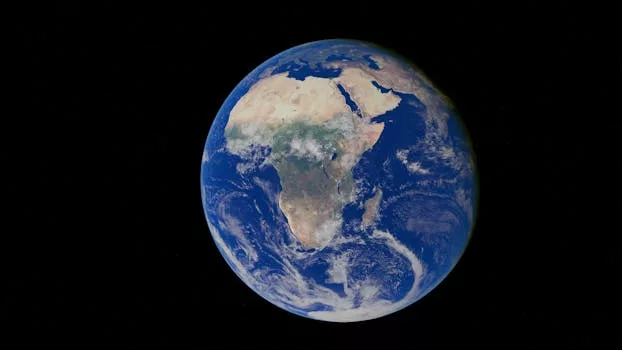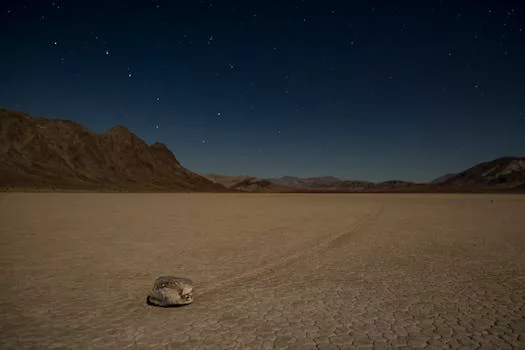
“
From Stardust to Dreams: Imagining Life Beyond the Stars
Introduction to the Cosmos
From Stardust to Dreams: Imagining Life Beyond the Stars is a journey that begins with the understanding that we are all made of stardust. The elements that compose our bodies, our planet, and our universe were all created within the heart of stars. This realization sparks a profound curiosity about the nature of life and the universe, prompting us to ask: Could life exist elsewhere in the cosmos? The search for life beyond Earth is an endeavor that has fascinated humans for centuries, driving advancements in astronomy, technology, and our understanding of what it means to be alive. For a deeper exploration of this theme, check out Charting New Realms: The Journey of Imagination Beyond the Stars.
Understanding the Universe
The universe is vast, with billions of galaxies, each containing billions of stars. The potential for life-supporting planets is immense, given the right conditions. Scientists use various methods to search for life, including the detection of biosignatures in the atmospheres of exoplanets, which could indicate the presence of living organisms. The discovery of exoplanets, some of which are located in the habitable zones of their respective stars, has heightened the hope of finding life elsewhere. The habitable zone, also known as the Goldilocks zone, is the region around a star where temperatures are just right for liquid water to exist on a planet’s surface, a crucial ingredient for life as we know it. Learn more about the implications of this discovery in The Infinite Universe of Imagination: Beyond Celestial Boundaries.
Imagining Life Beyond the Stars
Imagining life beyond our planet challenges our current understanding of biology, chemistry, and physics. The possibility of life forms that are vastly different from our own raises questions about the origin of life and how it might arise on other planets. The building blocks of life, such as amino acids and sugars, have been found in meteorites and in interstellar space, suggesting that the raw materials for life are widespread in the universe. However, the leap from these basic components to complex life forms is significant, and understanding this process is a key area of research in astrobiology. For inspiration on how imagination fuels our exploration of the cosmos, read Stellar Inspirations: Unleashing Creativity Beyond the Stars.
Takeaways
- The search for life beyond Earth is an active area of research, with scientists using a variety of methods to detect biosignatures and understand the conditions necessary for life.
- The universe’s vastness and the number of potentially habitable exoplanets increase the likelihood of finding life elsewhere.
- Imagining life beyond our planet challenges our understanding of life’s origins and the possibility of life forms vastly different from our own.






